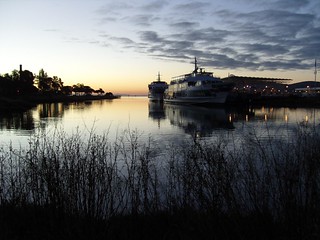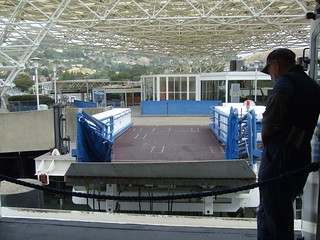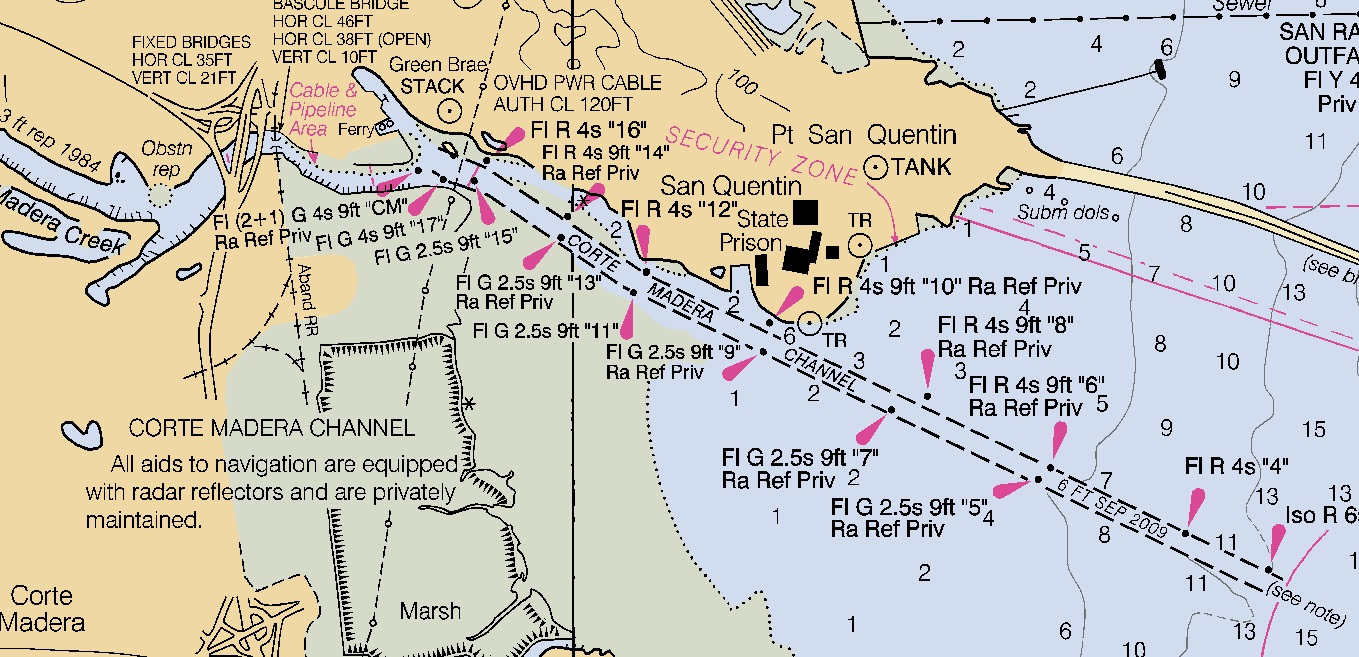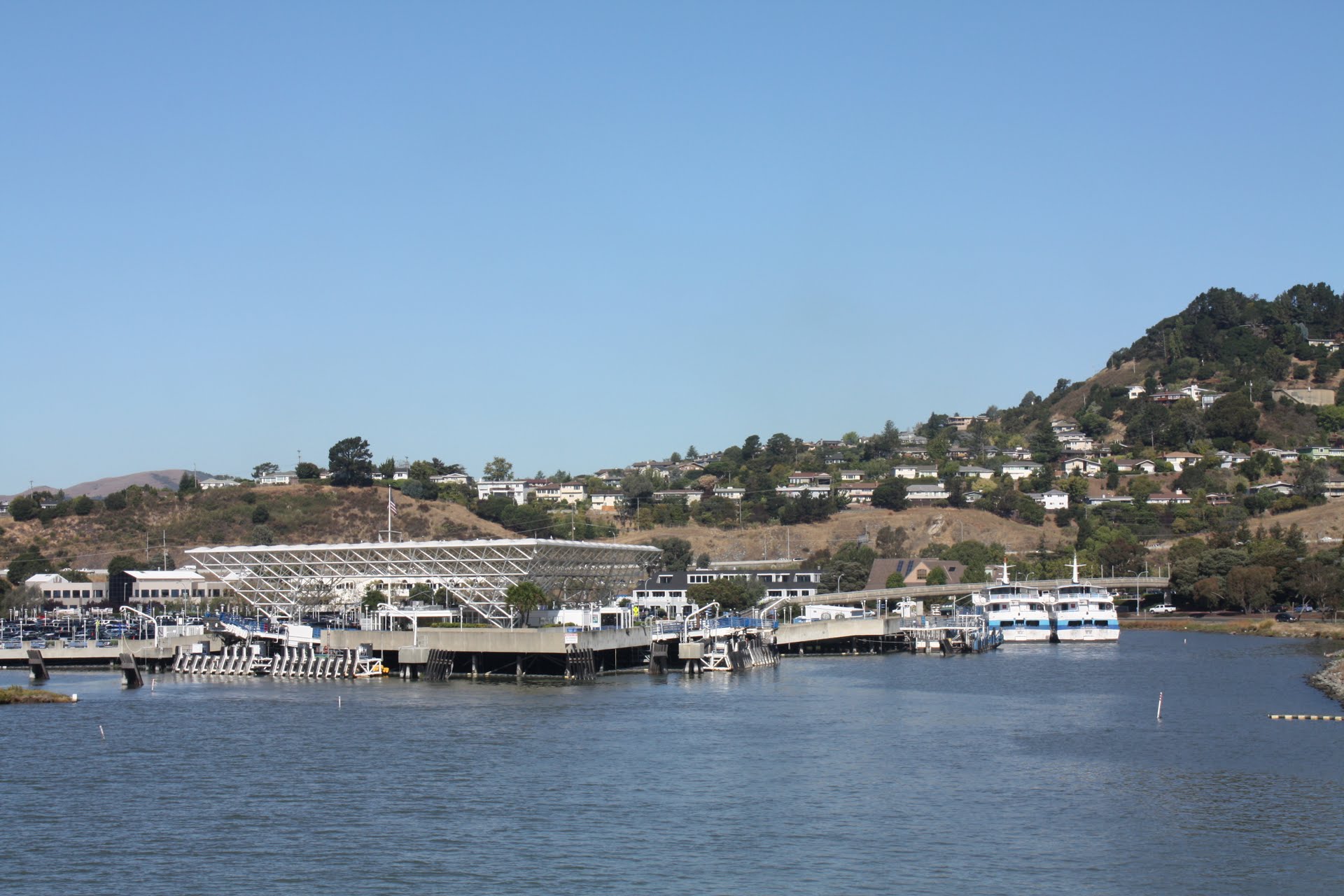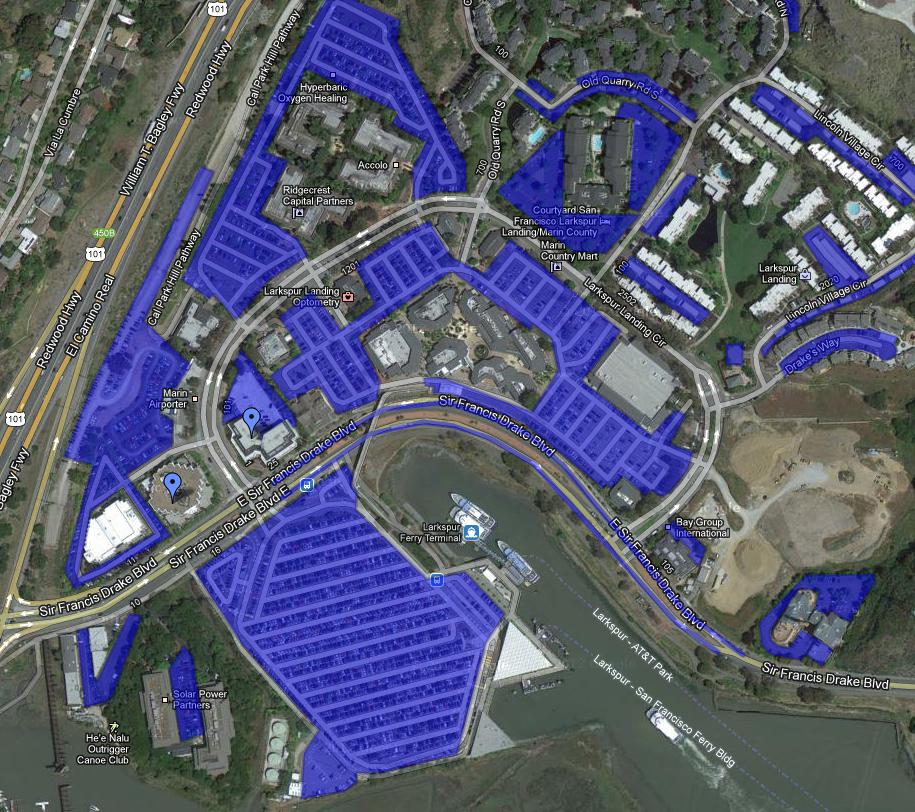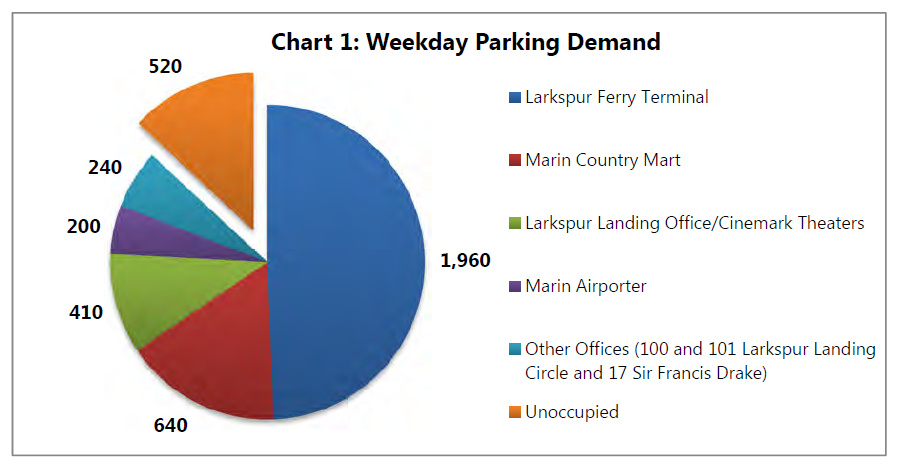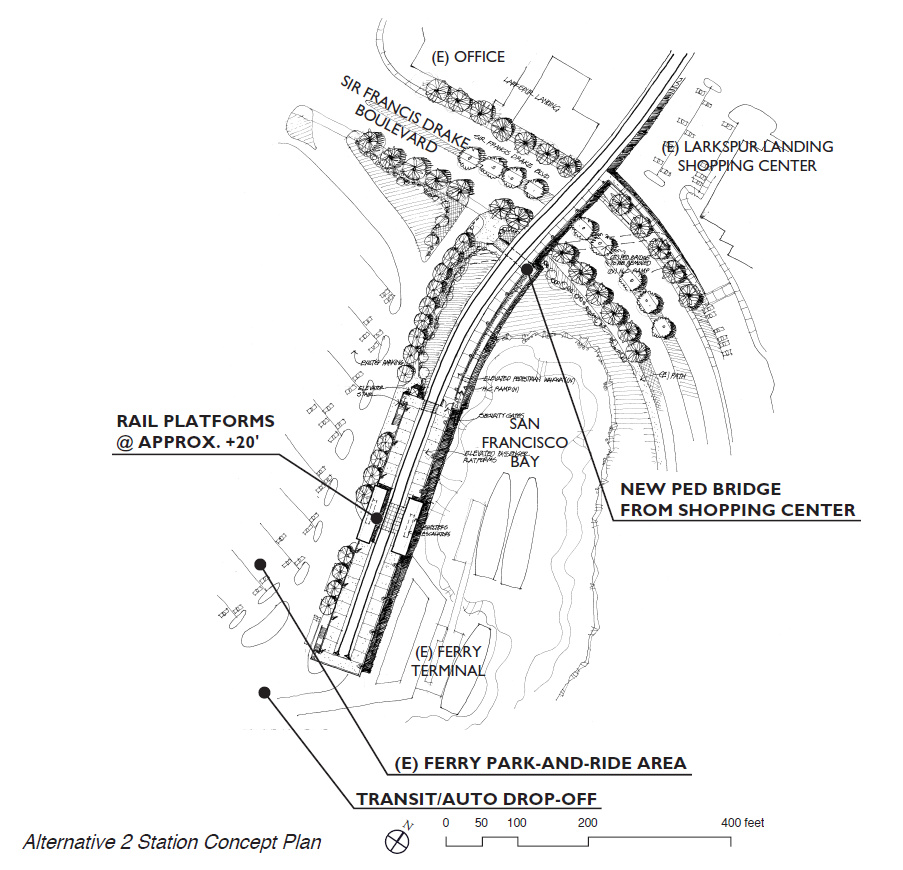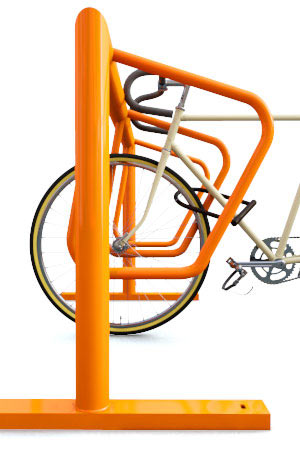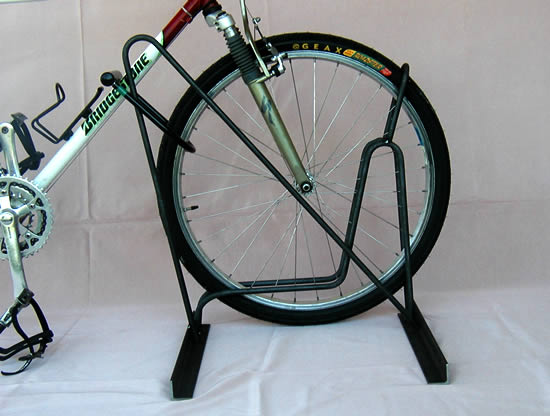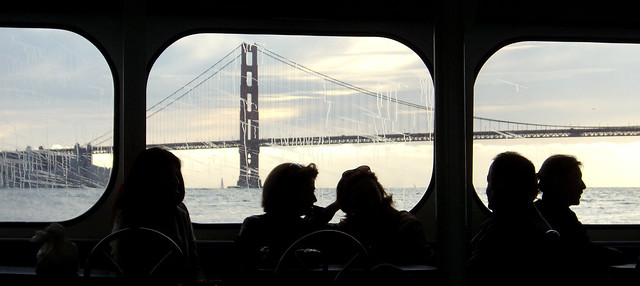Last time, we examined how the station got to be placed where it is. The gap in building the first and second segments gives activists a window to try to change the mind of SMART staff and board members, and by the looks of things they'll need the extra time.
After seven years, the planned site of the Larkspur station is pretty well set in stone, at least if you ask the agency. Whenever asked to move it, SMART has taken the position that the location is final.
This, to put it mildly, is frustrating.
How can the concerns raised by Larkspur years ago and those raised by SMART be addressed?
Larkspur
When Larkspur first voiced opposition to a ferry terminal station, the city council was opposed to the project entirely and objected on three grounds: glare, aesthetics, and a desire to avoid renegotiating Marin Country Mart's planning documents.
The concern over glare is so odd it hardly deserves mention. Sun glints off parked cars in the ferry terminal and all over the neighborhood. Adding a train would not increase glare.

Aesthetic concerns deserve more of a mention. Larkspur argued that views of the Bay would be blocked by an elevated structure and the neighborhood would be marred by a rail viaduct.
Though the vista is dominated by the ferry parking lot, viaducts are very rarely attractive things, at least in the United States. Since the train would run through the parking lot of a major shopping center and across the field of view of some of the stores, SMART should take a page from Germany and incorporate the shopping center into the viaduct itself.
A huge number of trains in Berlin run on elevated tracks, often running right through the city. Unlike the loud and grungy viaducts in Chicago or New York City, these have been integrated into the city by becoming buildings in themselves. Cafes, shops, and restaurants have taken up residence beneath the rails. In essence, the viaducts are very long buildings with trains running on the rooftop.
Marin Country Mart wants to emulate a maritime village, something vaguely European. By using the viaduct as buildings, Marin Country Mart could emulate something actually European. Though it would require cooperation from the SMART board, it would ameliorate the aesthetic concerns of the neighbors and add value to the shopping center's owners.
Marin Country Mart brings us to the third objection: planning. Larkspur officials in 2006 did not want to revise the Planned Unit Development plan that governs the shopping center, something that would need to happen if SMART extends a viaduct through their property, as two buildings would have to come down on the edge of the property.
But if both parties are willing to renegotiate, there's no reason why Larkspur couldn't amend the plan. Extending SMART through the shopping center makes a more direct connection between the train and shopping. That means value added to the center, especially if the viaduct can be made up as nice as the ones in Berlin.
SMART
Now that opposition in Larkspur has passed, SMART itself stands opposed to an in-terminal station. As far as I can tell, it's mostly intransigence. It's not in The Plan, so therefore shouldn't be added to The Plan. But publicly, SMART will likely say that it's an issue of cost (too high) and ridership (won't change much). These are things we can assess, though intransigence might go a bit deeper.
For cost, elevated rail structures like this one typically cost about $70 million per mile to build, including stations. SMART would need to build a viaduct 2,200 feet long, or about 0.4 miles. Multiply that against the average cost per mile and one arrives at $30 million. Let's add in $150,000 for building demolition, $100,000 for EIR amendments, and a generous $1 million for land acquisition, for a total cost of $31.3 million. That brings the cost of the whole system from $724 million to $755 million.
This is a bargain, especially for a project of regional significance. If SMART extends to the Larkspur terminal, it could transport a significant number of ferry riders. If it transports even a tenth of them (540 per weekday), the project will cost about $96,000 per trip, not counting the people who will occupy the now-freed spaces in the parking lot. The Greenbrae Interchange Project, in contrast, will add meaningful capacity for about 825 trips* in the peak hour at a cost of about $173,000 each.
Intransigence
SMART staff have dug in their heels on this project, but that's not to say they can't be persuaded or forced to come up with a good plan. However, will will take time.
The first thing you can do is understand the costs involved, as above. While the numbers in this post are estimates, SMART has not studied the issue in depth; they know just a hair more than I do about potential costs and ridership. Until there is a proper study, we cannot know for certain how much it will cost, nor how much benefit those monies will buy us.
The second thing you can do is start to lobby boards, commissions, and SMART staff. Since a ferry/train connection is a project of regional importance, TAM, SCTA, and MTC should rank it high on their list of congestion mitigation projects. $31.3 million is a pittance compared to what is doled out in a given year, and this is a critical link in the North Bay's transportation infrastructure. Residents of San Francisco and Sonoma have leverage as well, as the station will effect the usefulness of their own transportation systems.
Golden Gate Transit needs to push SMART to improve access, too. This will directly benefit GGT's ferry business and increase the value of their park and ride lot, should they ever decide to lease it to developers.
Find your SMART, SCTA, MTC, TAM, and GGBHTD representatives and tell them you want SMART in Larkspur.
*This is the number of new northbound cars that will be accommodated on the freeway. The project won't add any southbound or HOV capacity that will be used.
